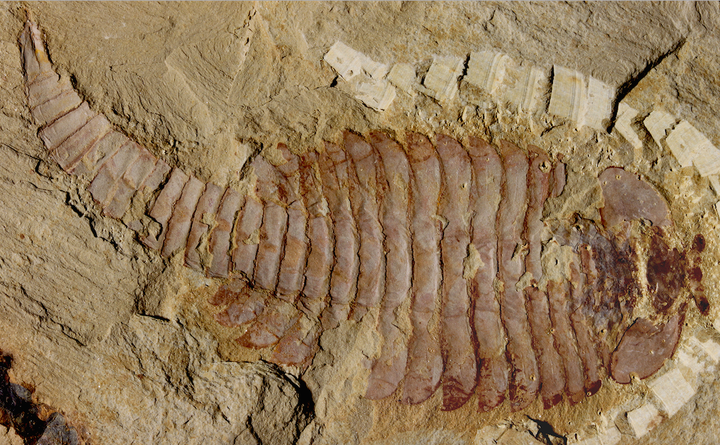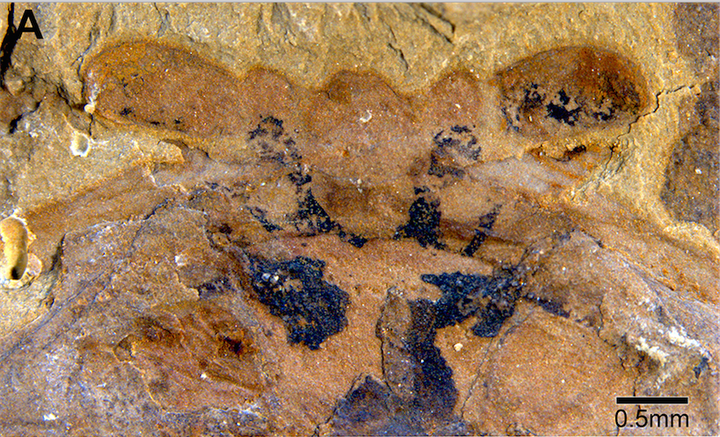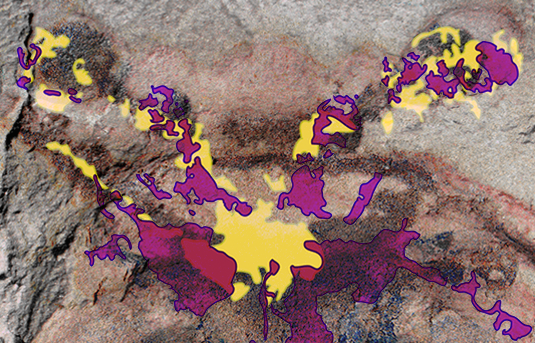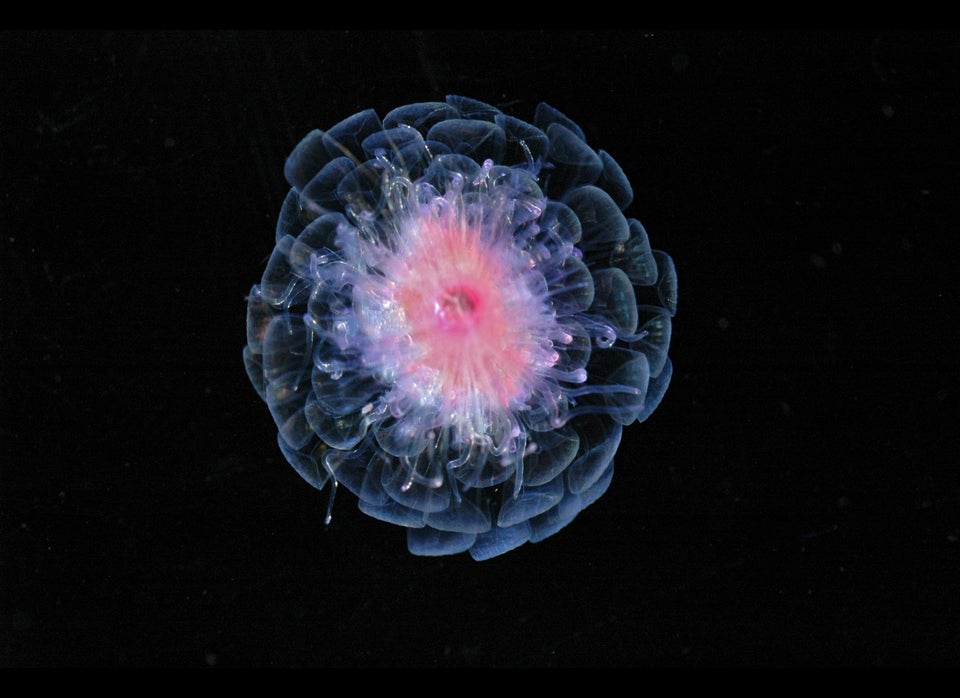Vindication is sweet for neurobiologist Nicholas Strausfeld and his colleagues.
In 2012, the University of Arizona professor's team discovered preserved brain tissue in the fossil of the sea-dwelling arthropod Fuxianhuia protensa, a 5-inch animal that lived 520 million years ago and was similar to modern-day shrimp.
But the finding was greeted with skepticism. Paleontologists had long thought that brains would decompose and disintegrate before fossilizing.
Now Strausfeld is proving the skeptics wrong in a new study conducted with Xiaoya Ma, a paleobiologist from the Yunnan Key Laboratory for Palaeobiology at China's Yunnan University, and Gregory Edgecombe, a paleobiologist from the Natural History Museum in London. The research details the discovery of seven Fuxianhuia specimens found in southwestern China's Yunnan Province that contain neural tissue. It also describes the circumstances that allowed the prehistoric brains to be preserved.

"I felt that a subset of paleontologists were simply hide-bound: couldn't countenance the possibility that brains might fossilize," Strausfeld told The Huffington Post about his 2012 discovery. "I think the three of us who have coauthored these various papers -- Greg Edgecombe, Xiaoya Ma and myself -- feel vindicated."
Strausfield said the mudslide preserved the fossilized brains when it sealed the ancient creatures inside. A lack of oxygen helped to suppress the microbial life, or bacteria, which would lead the brains to decompose.
"The kind [of fossil] we look at from the lower Cambrian obviously underwent very rapid burial, probably when still alive," Strausfeld said.
Pressure from the mud and land above the buried creatures must have kept them dry while leaving intact the brain tissues in a thin film, the Guardian reported. And all that was left was a thin layer of carbon and some pyrite crystals, commonly known as fool's gold for it's shiny yellow color.
To confirm that mudslides had created the fossils, the researchers buried live sandworms and cockroaches in clay. They conducted multiple tests in which they cracked open the mud and found the creatures flattened thin, but with their neural tissues intact.


The researchers noted that the newly discovered neural tissues not only prove that brains indeed can fossilize, but they also may hold clues to the evolution of the brain and how arthropods' brains have changed over time.
"I was not surprised to find a brain, but surprised that the traces of the brain indicated such a 'modern' organization," Strausfeld said.
Before fossilized brains were found, paleontologists had to theorize what the brain had been like based on the external features of prehistoric animals, such as the size of the head and the development of eyes.
But with the new specimens, the researchers used scanning electron microscopes to reveal three distinct segments of brain tissue -- plus an optic lobe and good blood supply -- allowing a rare, in-depth look at an ancient brain structure.
The researchers concluded that the arthropod nervous system must have evolved over half a billion years ago and that its basic layout is similar to that of living crustaceans today.
The scientists plan to return to China next year to look for more specimens at the Yunnan site, and Strausfeld is looking forward to proving more assumptions false.
"People, especially scientists, make assumptions," he said in a statement. "The fun thing about science, actually, is to demolish them."
The research was published in the journal Current Biology on Oct. 29.
Also on HuffPost Science:

